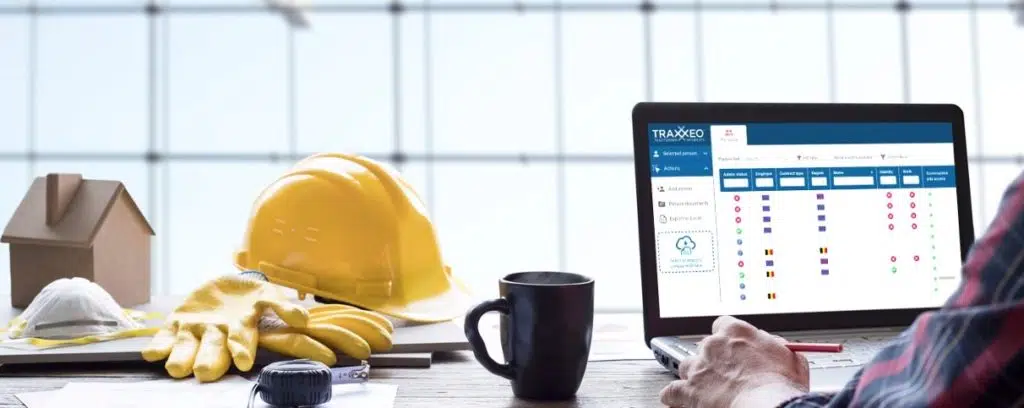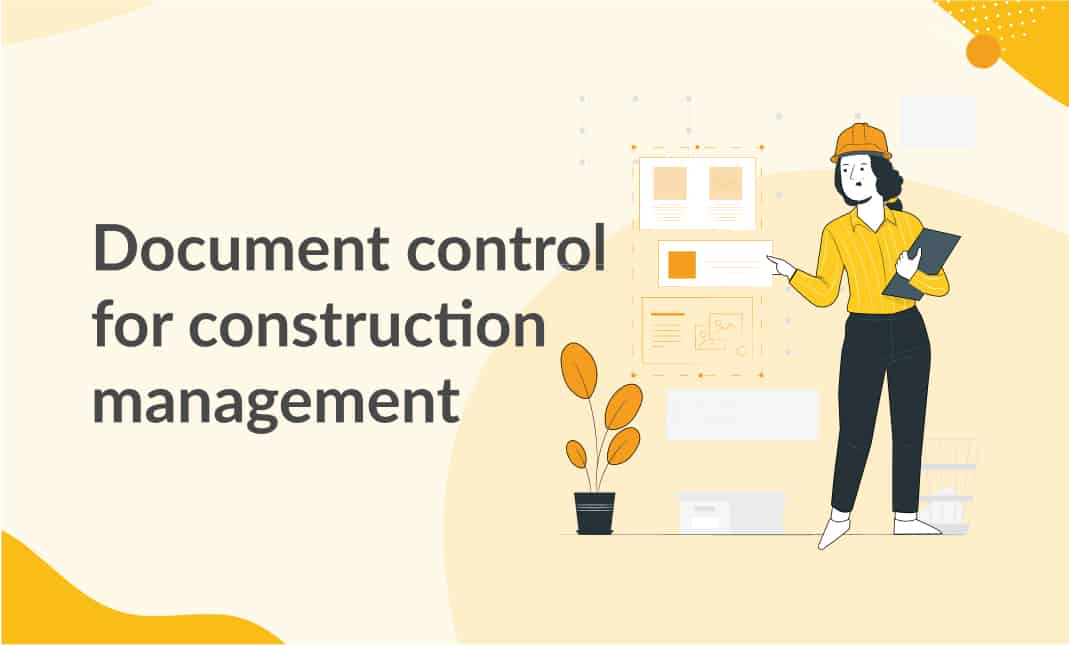Designer's Overview to Enhancing Building Document Monitoring for Reliable Task Implementation
The process of arranging, sharing, and preserving these documents can frequently become a maze of inadequacies and obstacles if not managed diligently. By exploring methodical approaches, cutting-edge devices, and sector ideal methods, engineers can not just simplify their file management processes however likewise lead the method for a lot more efficient task execution.
Importance of Effective File Administration
Why is reliable document management crucial for engineers in the building sector? Reliable document management is crucial for architects in the construction sector as it plays a crucial role in ensuring the effective execution of tasks. Engineers deal with a huge array of files, varying from design illustrations and specs to authorizations and contracts. Proper organization and administration of these papers are vital to preserve project timelines, make certain conformity with policies, and help with effective interaction amongst project stakeholders.

Efficient file management allows designers to gain access to critical details immediately, track job progression precisely, and alleviate risks related to omissions or mistakes. By carrying out structured file monitoring processes, architects can enhance cooperation with clients, professionals, and various other employee, causing enhanced project results and customer contentment.
Additionally, effective file monitoring helps architects maintain a comprehensive task history, enabling them to leverage past experiences and lessons learned for future tasks. In today's hectic construction sector, where timely decision-making and information sharing are paramount, effective file management is a keystone for success.
Strategies for Streamlining Record Organization
Reliable file monitoring practices not only make sure project success for engineers in the construction market but additionally lay the foundation for applying techniques for simplifying file organization. To improve record organization successfully, architects ought to initially develop a clear identifying convention for folders and data. Uniformity in naming data based on job stages, document types, and appropriate info will facilitate simple access and decrease confusion.
Using cloud-based storage space remedies can additionally boost record organization by offering a centralized location for all project-related files - construction document management. This allows employee to access the most current records from anywhere, advertising collaboration and effectiveness. Implementing version control devices even more fine-tunes document company by tracking changes, preventing conflicting edits, and guaranteeing that the most up to date versions are always readily available
In addition, creating a logical folder framework with assigned subfolders for different document groups, such as contracts, drawings, and requirements, can improve document management processes. Routinely reviewing and removing repetitive or obsolete data will certainly help preserve a lean and well organized record repository, ultimately improving productivity and task results.
Leveraging Innovation Devices for Partnership
In the realm of modern design, architects are significantly relying upon sophisticated innovation devices to foster smooth collaboration amongst task stakeholders. Leveraging innovation for cooperation simplifies interaction, enhances effectiveness, and boosts overall job results. Cloud-based platforms such as BIM 360 and Procore allow real-time access to job records, enabling architects, clients, and specialists to collaborate successfully regardless of their physical area. These tools help with concurrent editing and enhancing, variation control, and instantaneous updates, reducing errors and hold-ups triggered by miscommunications.
Online design and construction (VDC) software application like Revit and AutoCAD Style allow architects to develop detailed 3D versions that can be shared and edited collaboratively. This real-time partnership enhances layout coordination, visualization, and precision, leading to much better decision-making throughout the job lifecycle. Additionally, communication devices like Slack and Microsoft Teams provide instantaneous messaging, data sharing, and video clip conferencing abilities, fostering smooth communication amongst team participants and stakeholders.
Making Sure Precision and Version Control

Reliable version control also assists in managing document approvals and guaranteeing that just licensed employees make adjustments. Architects need to establish clear procedures for documenting adjustments, including timestamps and user recognition, to produce an audit path for responsibility. Routinely interacting with the job team about variation updates and modifications is vital to avoid complication and keep placement throughout the construction procedure.
Ideal Practices for Record Sharing and Gain Access To
Having actually established a durable system for variation control in construction paper management, architects can now focus on enhancing record sharing and access techniques to enhance collaboration and efficiency amongst job stakeholders. These systems use real-time access to project records, making it possible for team participants to check out, edit, and comment on data all at once.
Moreover, implementing role-based accessibility control is crucial for maintaining data safety and security while promoting partnership. Designating official website various approval levels to staff member ensures that sensitive info is only available to licensed employees. Regularly updating accessibility permissions based upon task requirements and team directory adjustments is essential for keeping information integrity.
Incorporating task management software with document sharing systems can likewise improve operations. This assimilation enables smooth communication, task tracking, and file monitoring within a solitary interface, minimizing the demand to switch over in between several tools. By adhering to these best methods, architects can develop a more collective and reliable record sharing environment, inevitably causing effective job implementation.

Final Thought
In conclusion, reliable building and construction record administration is vital for successful task execution. By applying approaches for organization, leveraging innovation devices for collaboration, making certain accuracy and version control, as well as adhering to best methods for paper sharing and gain access to, designers can simplify their operations and boost total project performance. Prioritizing these facets of document administration will result in smoother job execution and far better results for all stakeholders involved.
Effective file management is essential for designers in the building and construction sector as it plays a pivotal duty in guaranteeing the successful implementation of projects. construction document management. Proper organization and administration of these records are imperative to preserve project timelines, ensure conformity view it now with laws, and assist in efficient interaction among job stakeholders
Effective document monitoring methods not only ensure job success for designers in the building industry yet also lay the structure for carrying out techniques for improving record organization. One essential technique is developing a centralized file database where all team participants can access the most recent versions of illustrations, requirements, and various other task papers.Having developed a robust system for version control in building and construction document management, engineers can currently focus on optimizing record sharing and access techniques to enhance collaboration and performance among project stakeholders.